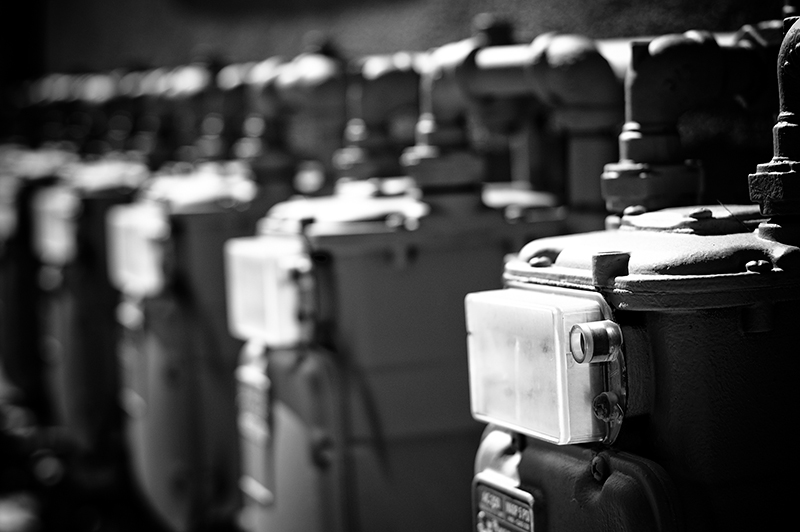
IN THIS ISSUE:
Township of West Windsor Designated a Transit Village
Ohio’s Brownfield Action Plan Pilot Program
Submetering: An Approach to Tracking Energy Expenditures
Grantee Spotlight: St. Louis Plans for Regional Renewal
Submetering: An Approach to Tracking Energy Expenditures

Photo courtesy of Brian Auer In recent years, the federal government has encouraged developers to reduce energy consumption in commercial and residential buildings. In October 2009, President Obama signed Executive Order 13514, which outlines 23 goals for minimizing energy use, reducing greenhouse gases, and increasing the use of renewable resources. In its recent report, Submetering of Building Energy and Water Usage, the National Science and Technology Council Committee on Technology offers an innovative and nuanced way to address and assess buildings’ energy consumption: submetering, or installing devices that take nearly continuous measurements at the smallest levels — even down to the amount of energy used by a single plug. Although submetering by itself does not reduce energy expenditures, it can be a useful way to analyze the effectiveness of conservation technologies and identify opportunities for saving energy.
Submetering Benefits
What makes submetering especially attractive is that it can benefit a wide range of stakeholders. For example, with the detailed information provided by submetering, building owners can better and more efficiently control a building’s water and energy use, thereby creating a more comfortable environment for all tenants.
Submetering shows facilities managers exactly where utilities need to be better controlled, and identifies sources of atypical energy use. Submetering a building in the University of California school system, for example, showed that overnight lighting and natural gas systems were operating at unnecessarily high levels. With that information, facilities managers were able to make changes that reduced energy expenditures.
Submetering can also detect systemic problems within energy or water systems that might otherwise go undetected until the utility bills arrive. For example, Adobe Systems installed water meters in three of its buildings to track the amount of water lost to evaporation and leaks. Installing the submeters cost $43,000; the company reduced its water use and saved $12,000 on its sewage treatment bill in the first year alone, because sewage treatment bills are often calculated based on water use.
When installed at the individual unit level, submetering demonstrates to tenants how they use energy and water. With that knowledge, tenants can then make behavioral changes aimed at reducing energy expenditures. For instance, the New York State Energy Research and Development Authority showed that submetering in rent-stabilized housing resulted in utility savings of 18 to 26 percent.
Finally, submetering is an effective way to assess where to install energy-saving technologies and to track whether these new technologies are producing the promised savings. One way of paying for the initial costs of installing submeters is to enter into a contract with an Energy Services Company (ESCO). Through these contracts, the ESCO pays for the installation of green technologies, including submeters. The customer then pays for the cost of the installation over time, out of the the savings in energy costs that have been realized.
Although it does not save energy on its own, submetering is an effective way to track energy use and to implement programs and technologies that conserve resources and lower utility bills. Working with ESCOs is one way to manage the up-front costs of installing submetering technology.
